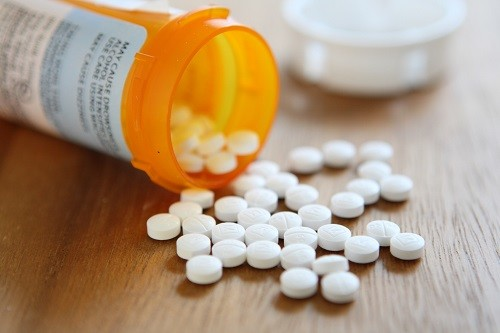Some changes are in store for Part D in 2020 and policymakers are contemplating even more. The Kaiser Family Foundation (KFF), a nonpartisan nonprofit focused on national health issues, recently outlined what the program will look like next year under current law, and under recent legislative and administrative proposals.
In 2020, a provision of the Affordable Care Act (ACA) that slowed the growth rate of the catastrophic coverage threshold will expire, and the limit will revert to its pre-ACA scheduled level. As a result, the threshold will increase more significantly in 2020 than it has in recent years.
While Part D out-of-pocket expenses are not capped, once beneficiaries pay a certain amount, their obligations are reduced. This reduction comes when they hit what is called the “catastrophic threshold.” In 2019, once a beneficiary pays more than $5,100 toward their prescriptions, they enter catastrophic coverage and are on the hook for only 5% of the expenses going forward. In 2020, this threshold will jump by $1,250 to $6,350. This change could impact individuals who reach this level of spending, absent congressional action to continue the slower growth rate or otherwise restructure Part D as part of larger drug pricing reform efforts.
In the longer term, several proposed bills would change the structure of the Part D program by creating a cap on out-of-pocket expenses and reallocating responsibility for coverage expenses between insurance plans, pharmaceutical manufacturers, the Medicare program and beneficiaries.
For example, the Senate Finance Committee’s drug pricing bill would cap beneficiary expenses at $3,100 annually, with manufacturers and Medicare each paying 20% of the costs once a beneficiary hits that limit and the insurance plan paying 60%. For comparison, the House drug pricing bill would set the annual out-of-pocket cap at $2,000, with programs paying 50%, manufacturers 30%, and Medicare 20% after that point. Both bills would eliminate beneficiary liability in the catastrophic phase.
By contrast, the administration’s Part D proposal did not specify the level of the cap but would require plans to cover 80% of the costs once that threshold was reached, with the Medicare program paying 20%.
Morgan Pfeffer
Morgan SIA LLC


